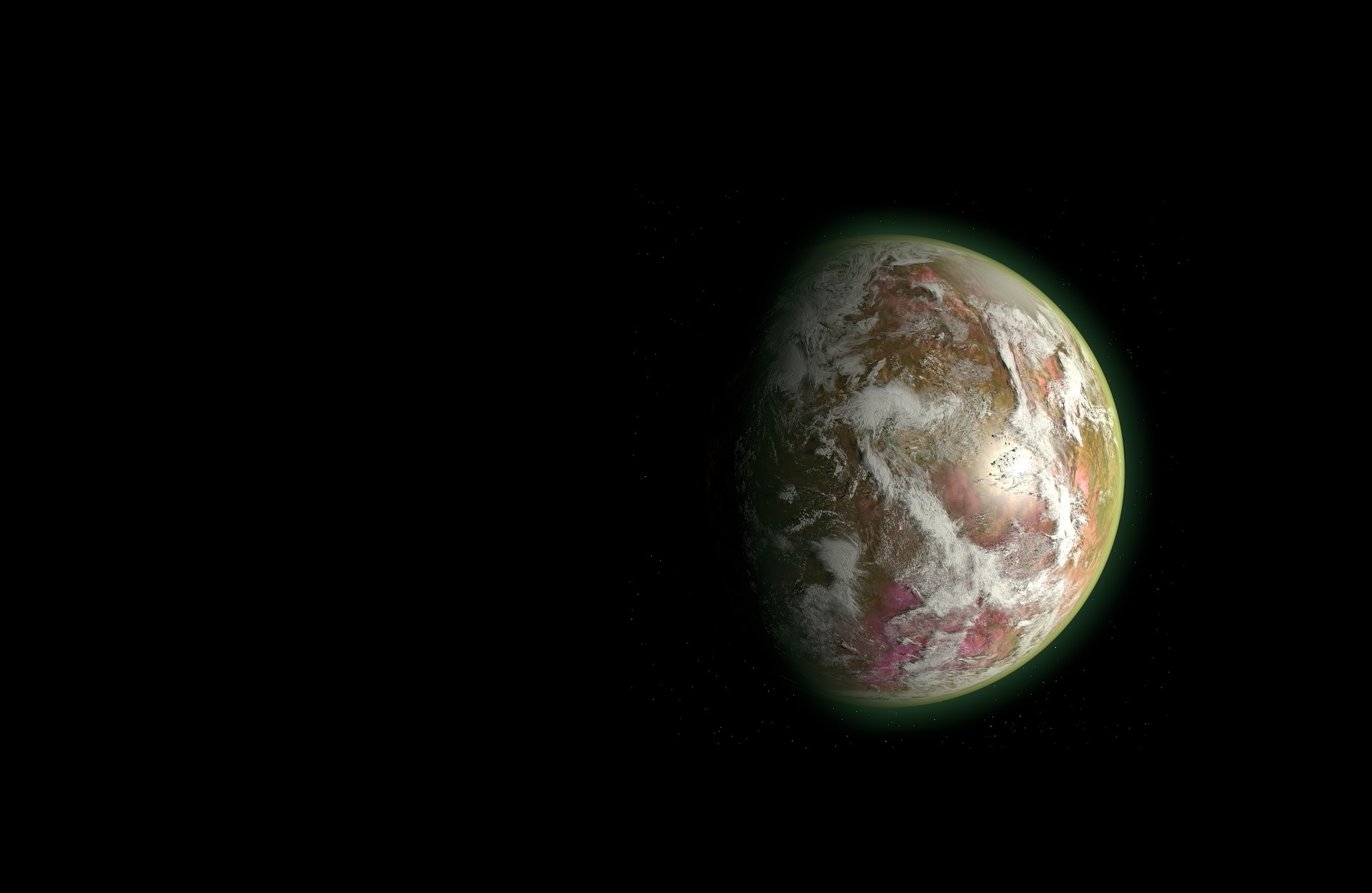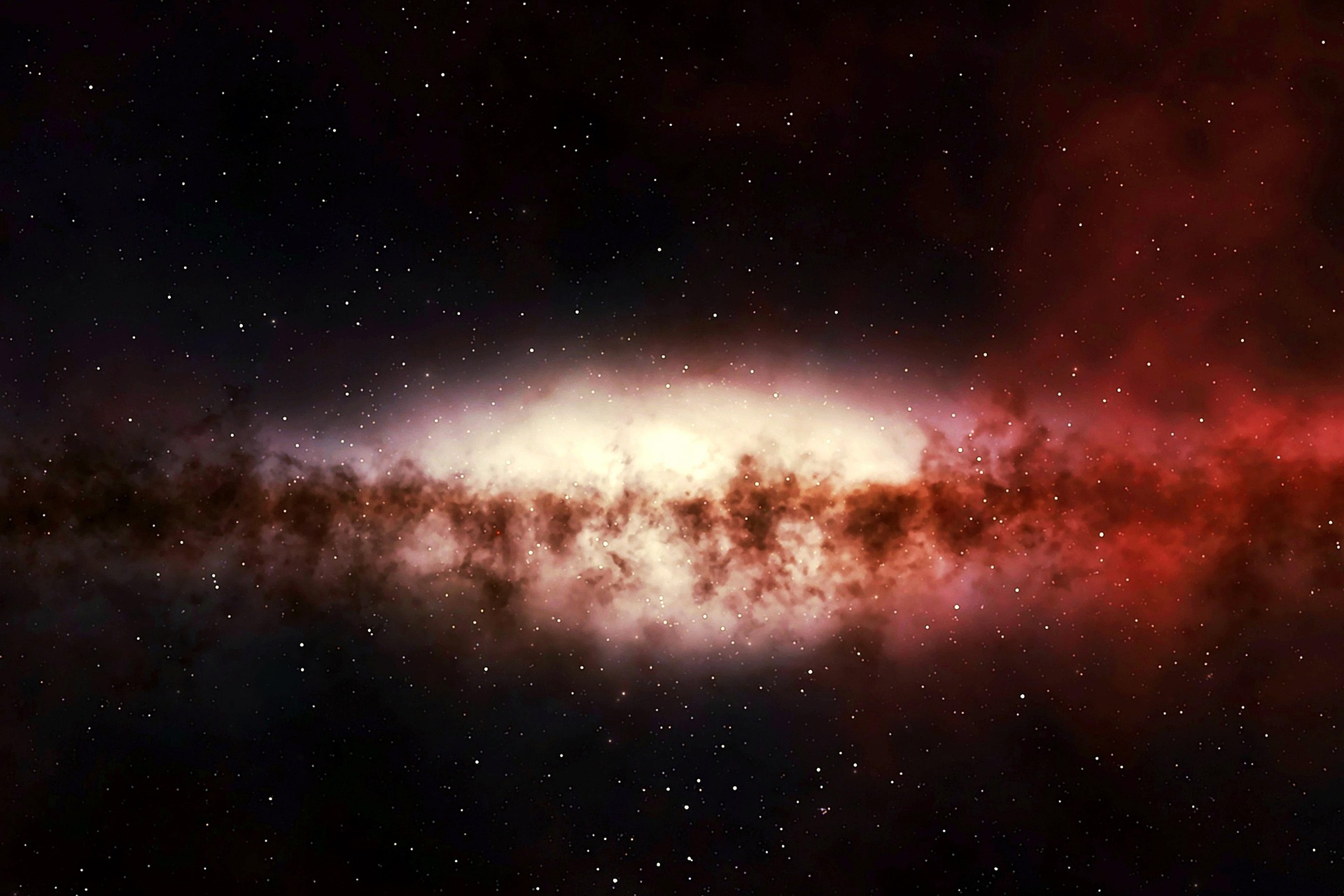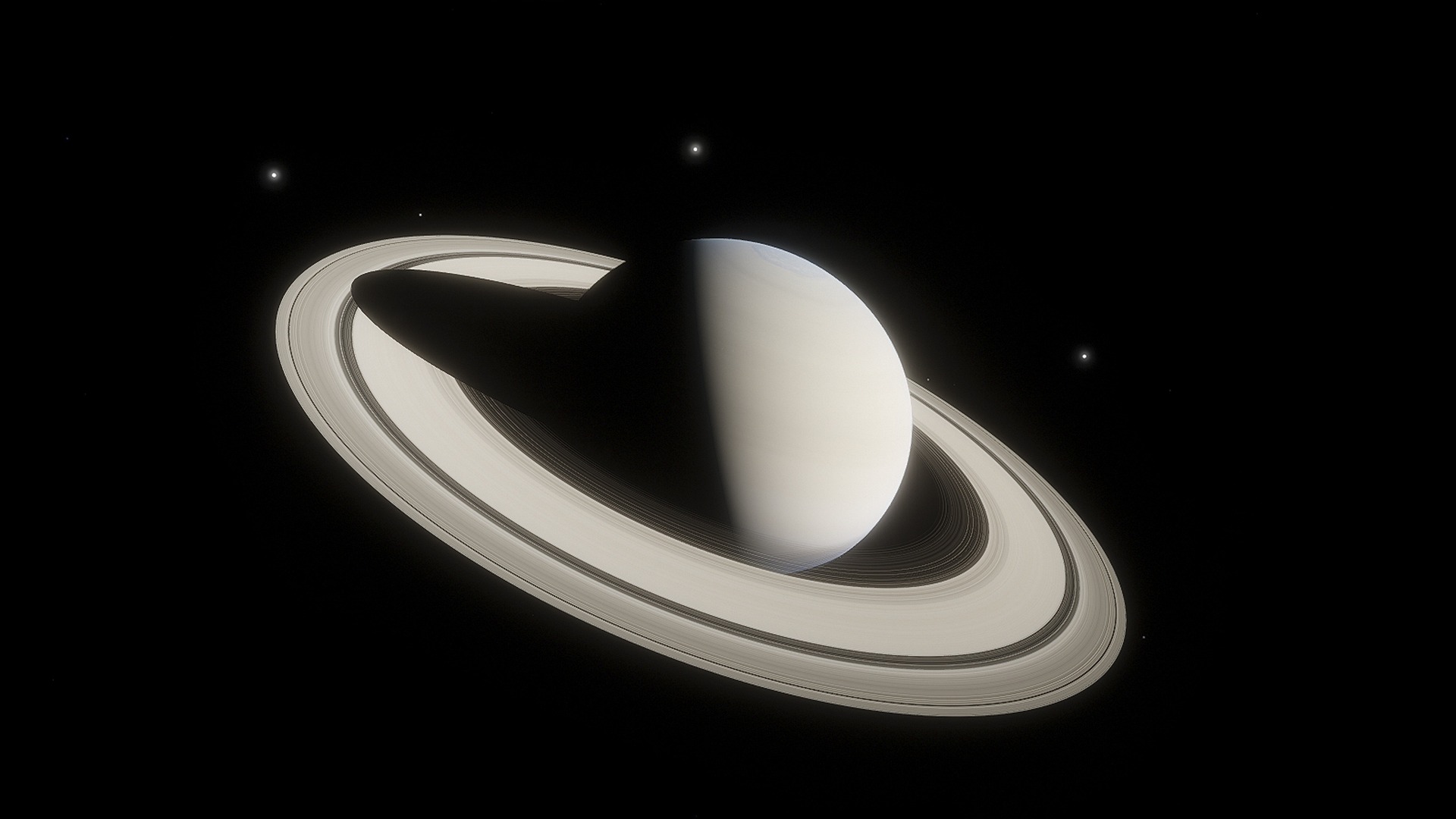Astronomers have identified two intriguing chemical compounds—dimethyl sulfide (DMS) and dimethyl disulfide (DMDS)—in the atmosphere of exoplanet K2-18b. Situated 124 light-years away in the habitable zone of a red dwarf star, this discovery raises the tantalizing possibility of biological activity beyond Earth. On our own planet, these molecules are mainly produced by marine life, prompting speculation about their origins on this distant world.
A potential chemical clue in a distant ocean world
The team behind the discovery, led by Dr. Nikku Madhusudhan from the University of Cambridge, used data from the James Webb Space Telescope (JWST) to analyze K2-18b’s atmospheric makeup. The findings suggest a 3-sigma level of confidence—about 99.7%—in the detection of either DMS or DMDS. While this is statistically significant, it falls short of the 5-sigma standard generally required for conclusive scientific claims.
K2-18b is categorized as a “Hycean” planet, a class of exoplanets believed to have hydrogen-rich atmospheres and potentially global oceans. Earlier JWST observations in 2023 confirmed the presence of methane and carbon dioxide—key molecules that, when combined with DMS and DMDS, further support the idea of a possibly habitable environment.
The cautious path from signal to certainty
Despite the excitement, scientists stress the importance of restraint. While on Earth DMS is linked to biological sources, its presence on K2-18b could also stem from unknown non-biological (abiotic) processes. Independent analyses of JWST data have so far produced mixed results, with some studies unable to replicate the detection of DMS or DMDS. As a result, the scientific community remains divided.
Further research, peer review, and additional data collection will be needed to verify the chemical signatures and explore all possible explanations. Any rush to conclude the presence of life would be premature without a much higher degree of certainty.
A milestone for JWST and exoplanet exploration
Regardless of the biological implications, this detection marks another milestone for the James Webb Space Telescope. Its sensitivity is enabling scientists to probe the atmospheres of distant exoplanets with unprecedented detail, bringing us closer to answering one of humanity’s oldest questions: Are we alone?
For now, K2-18b remains one of the most promising candidates for future exploration. Its unusual chemical cocktail continues to inspire new research, while reminding the scientific community that the path to confirming life beyond Earth will require rigorous evidence—and plenty of patience.





